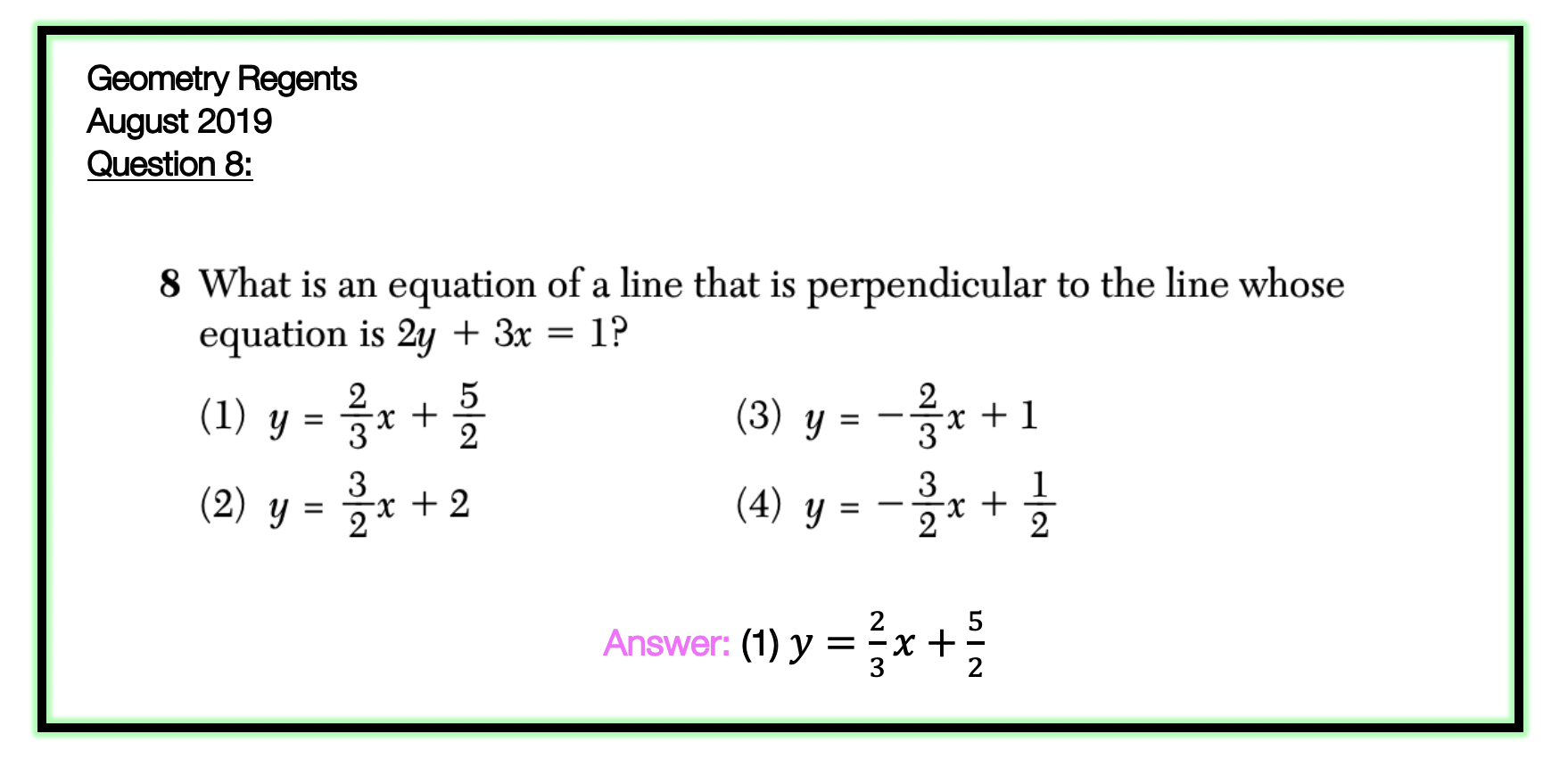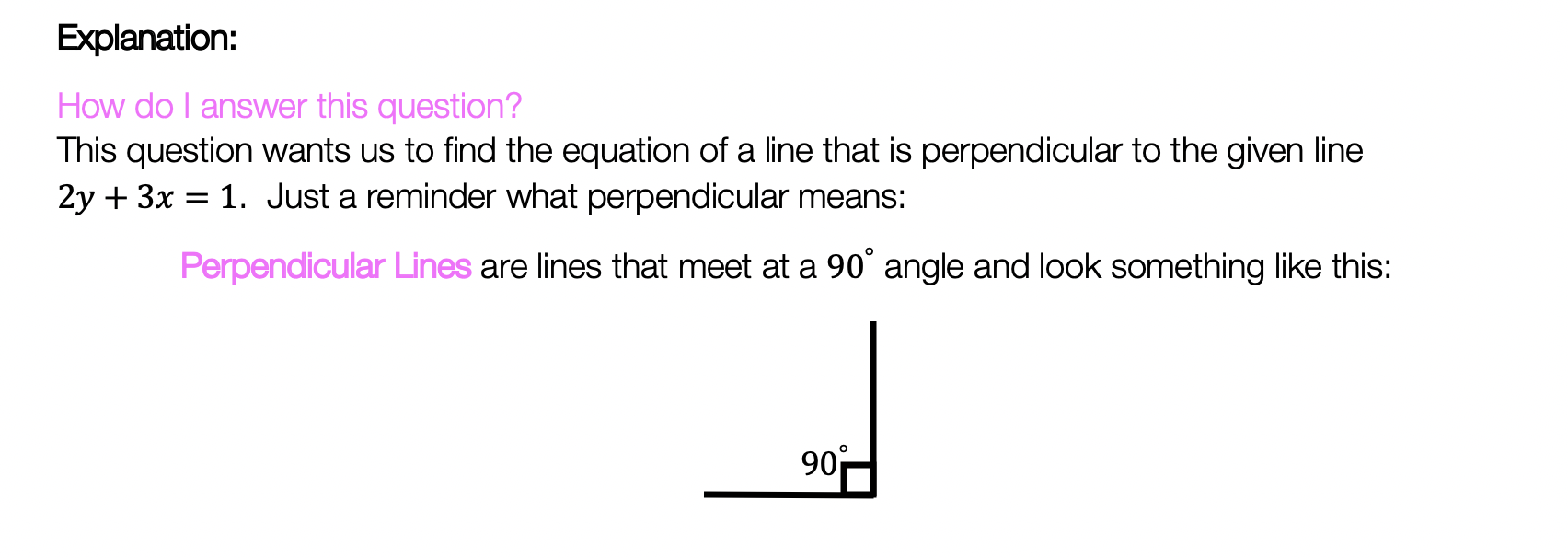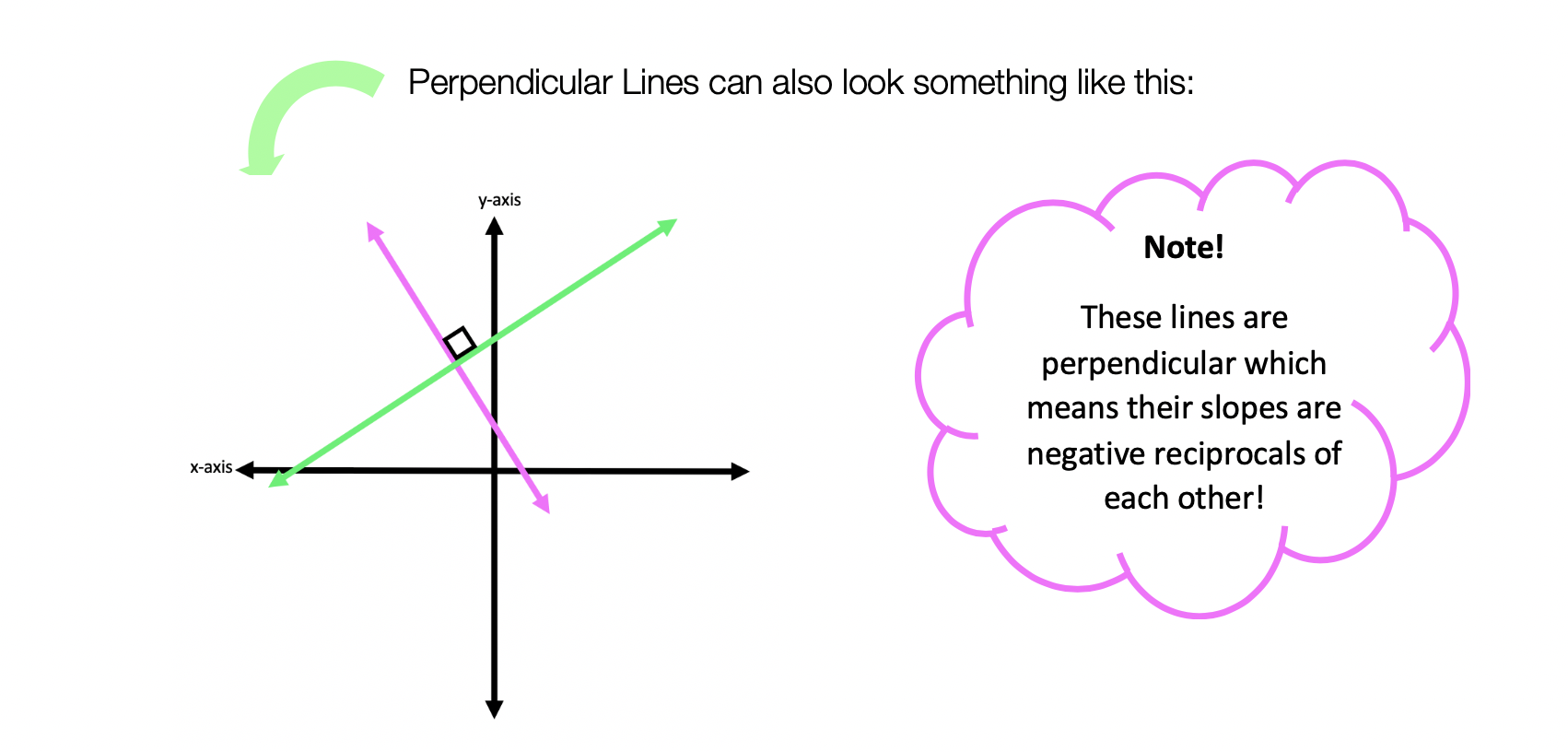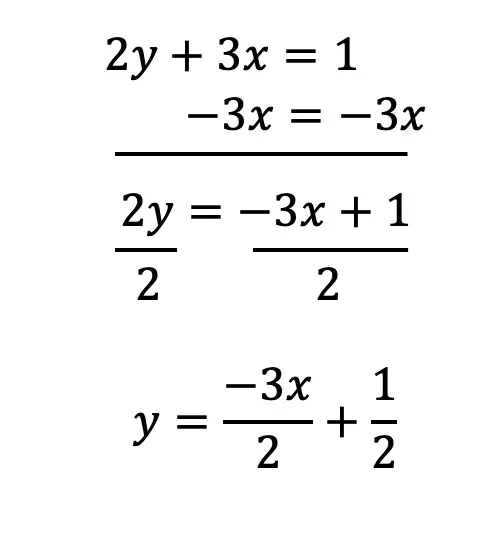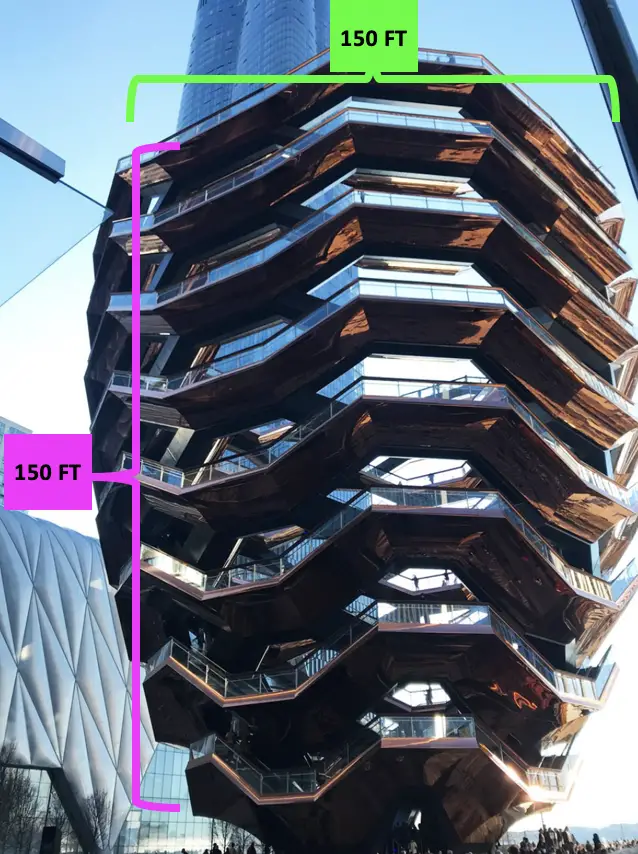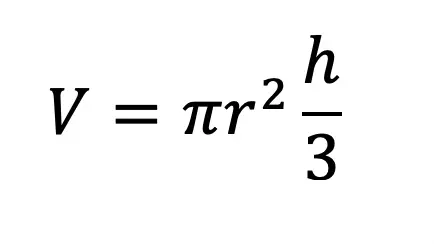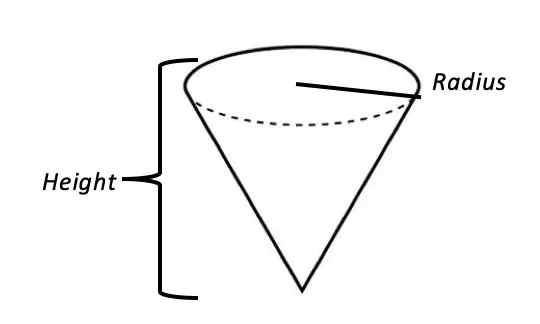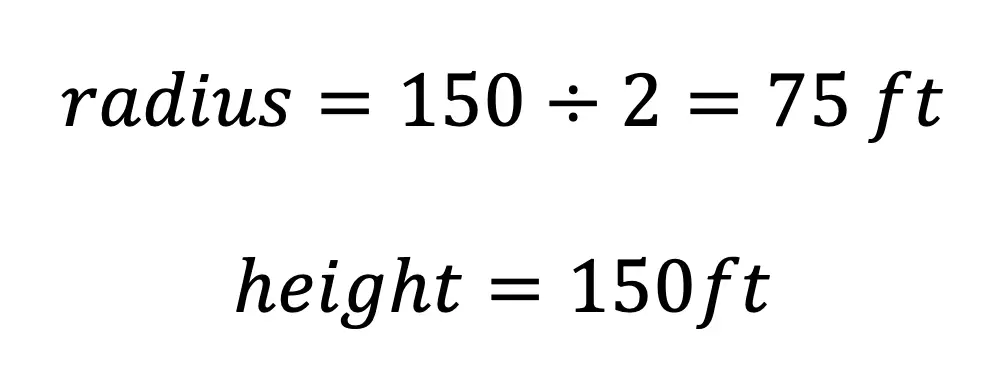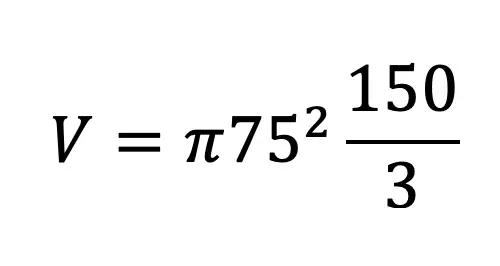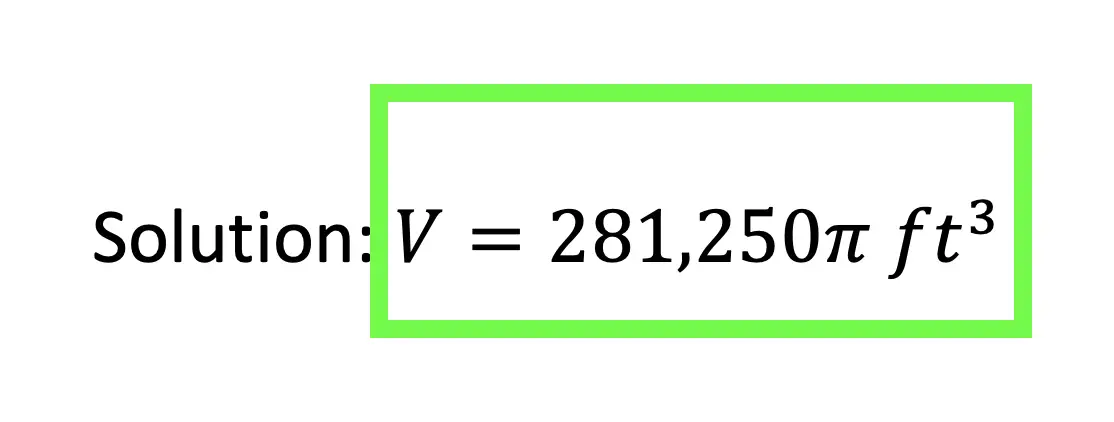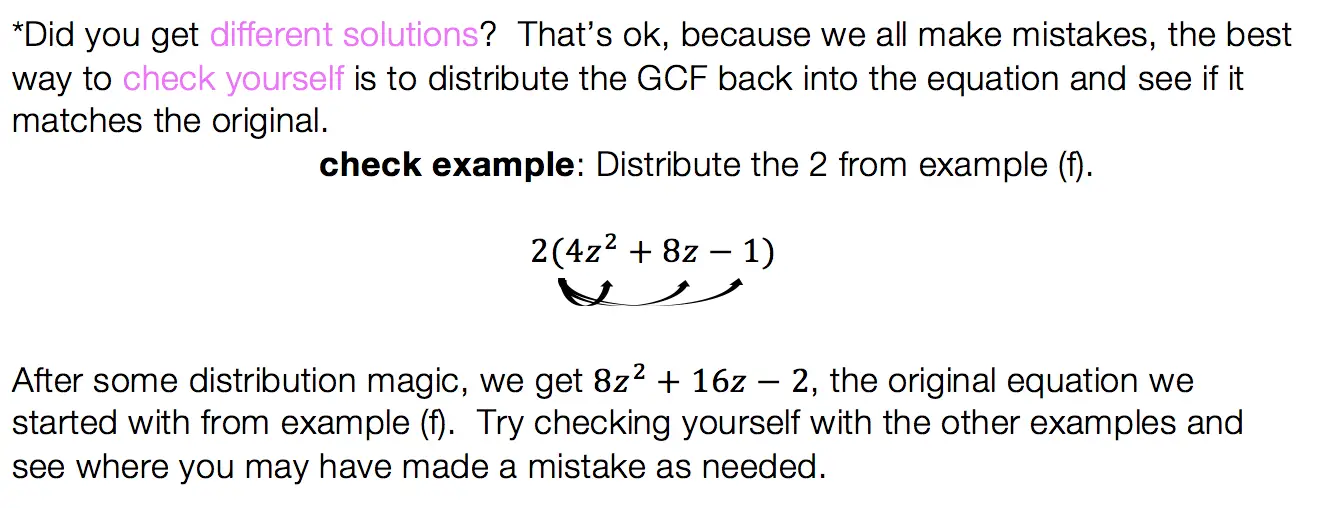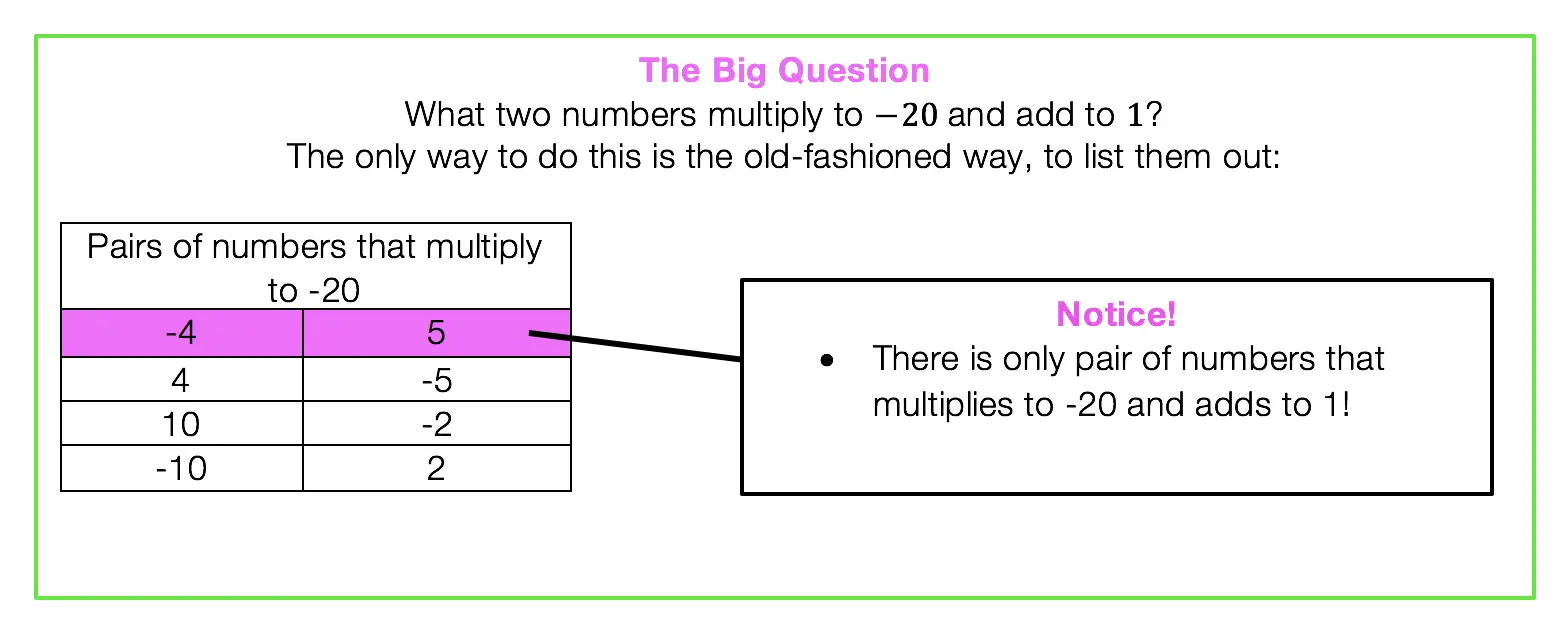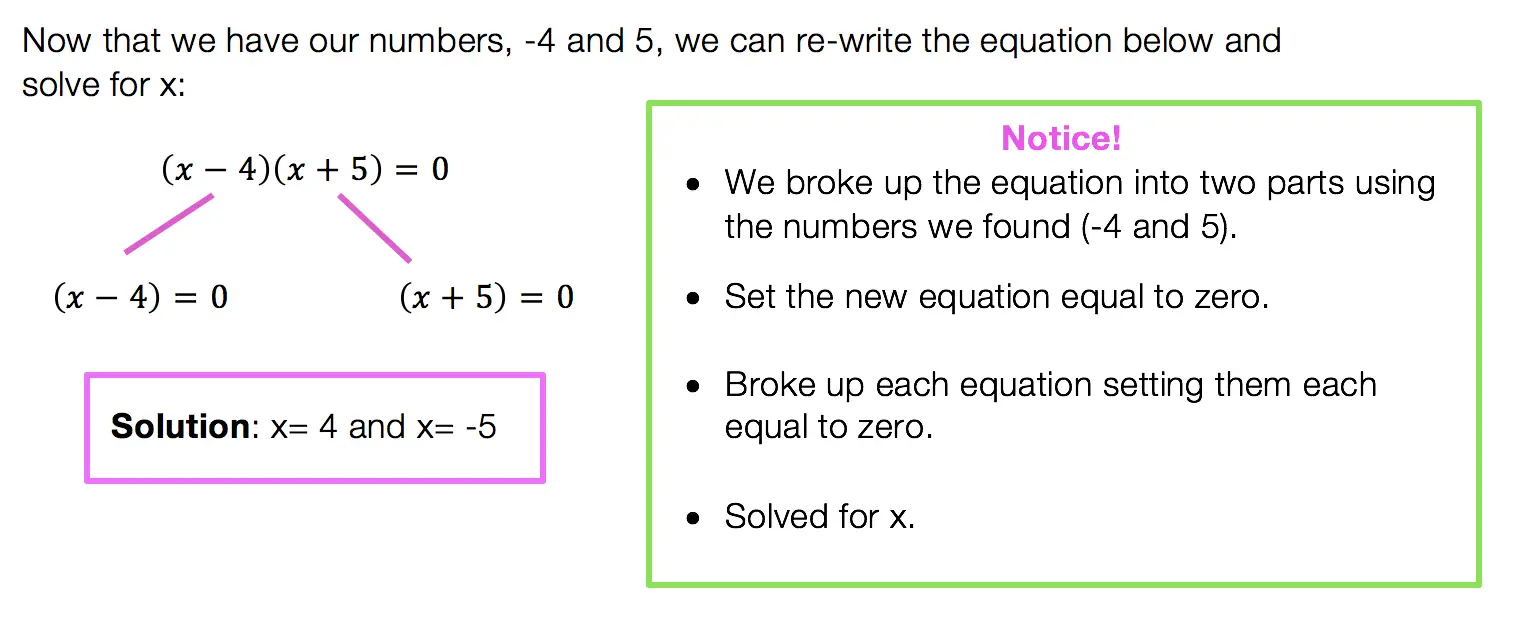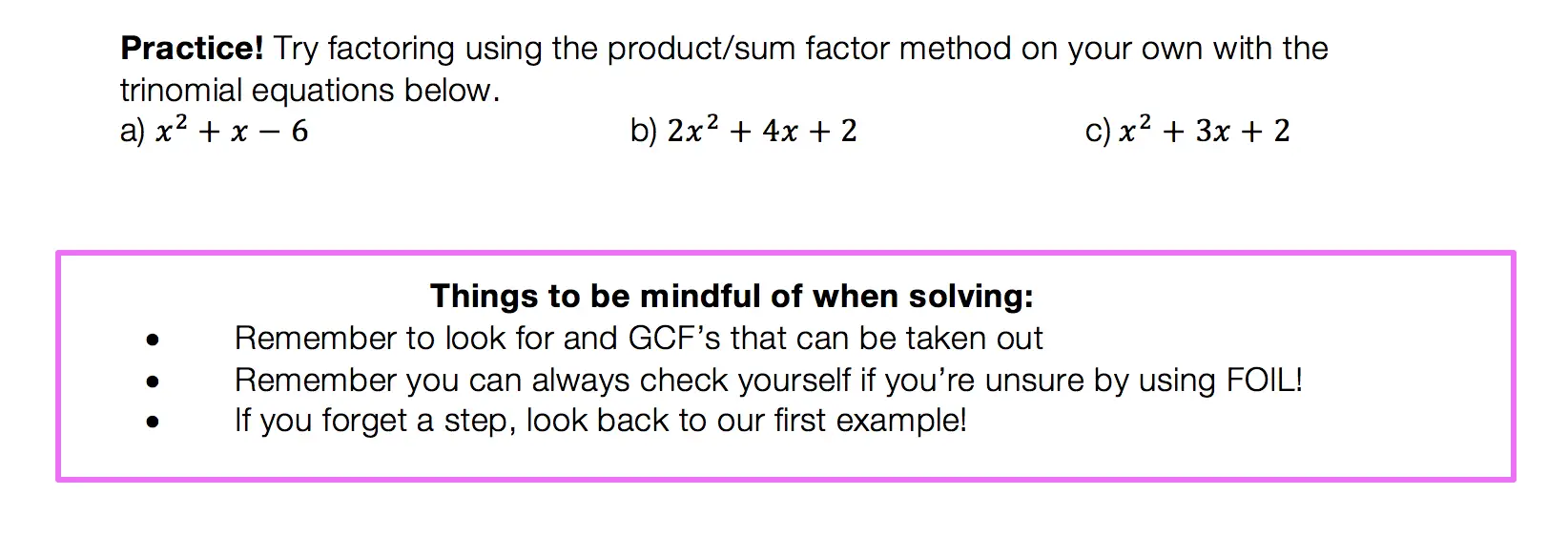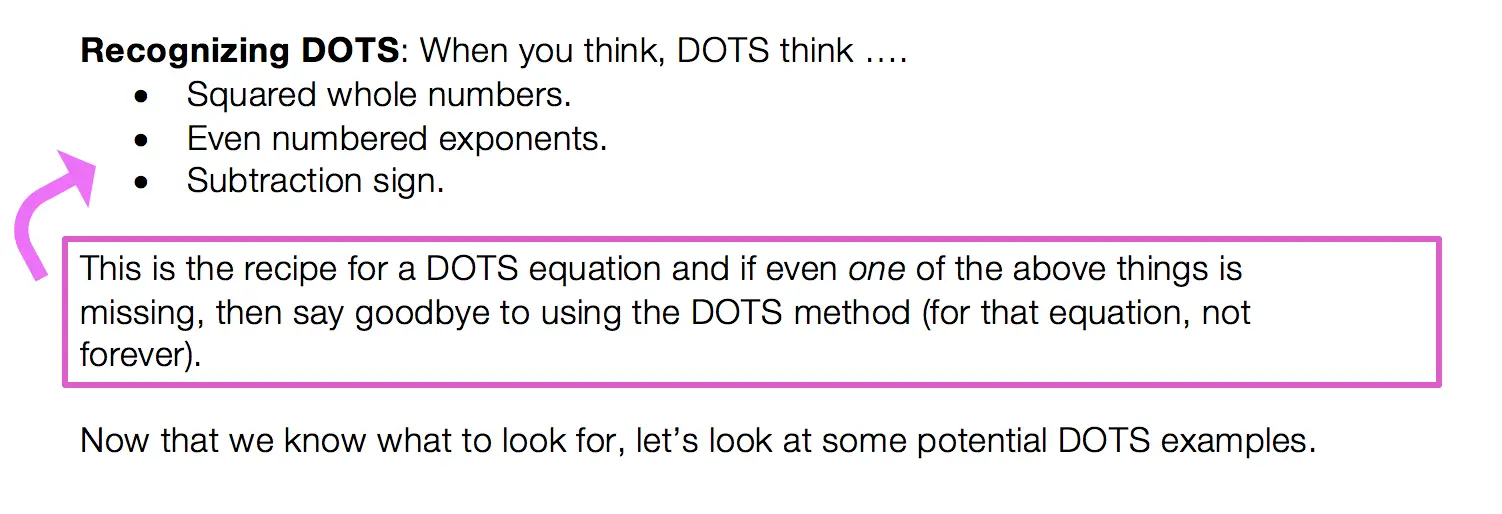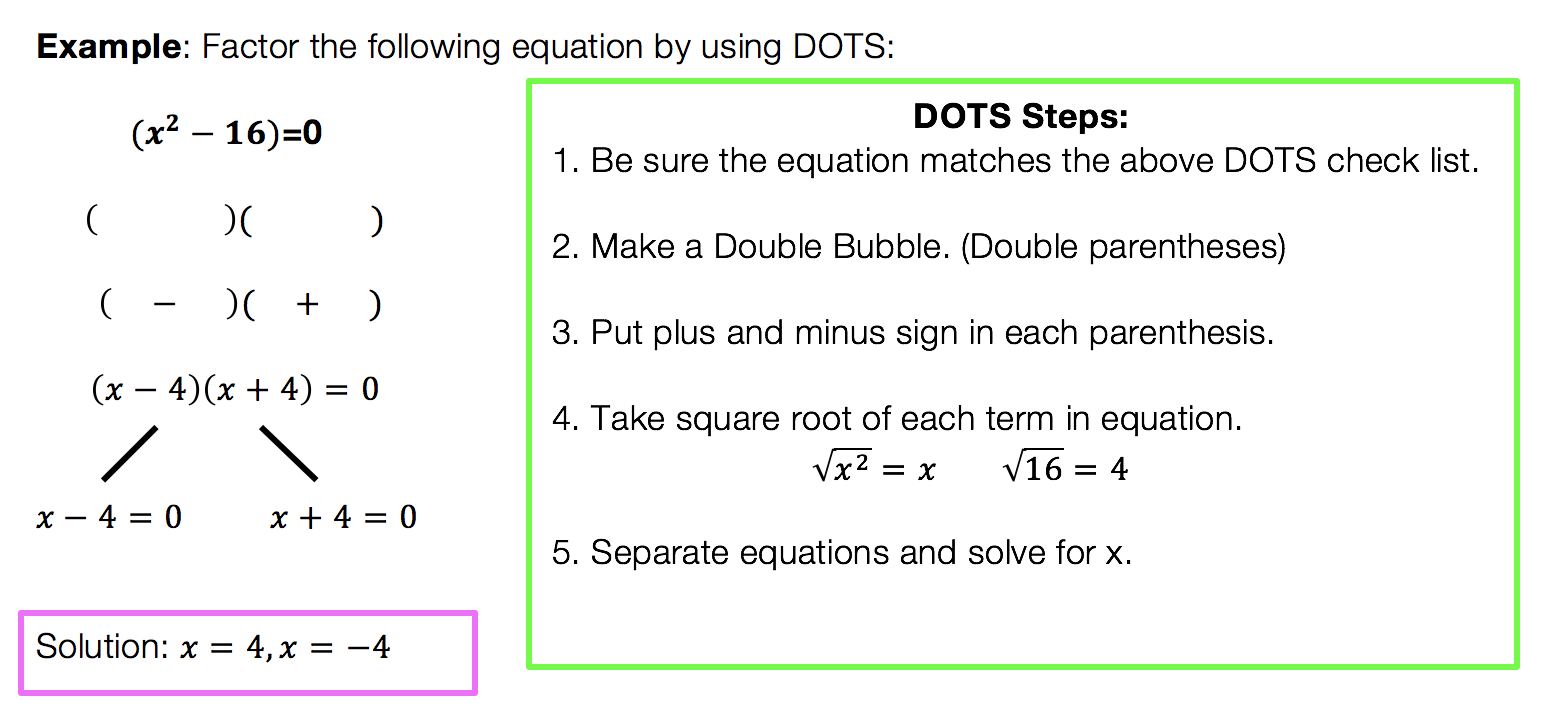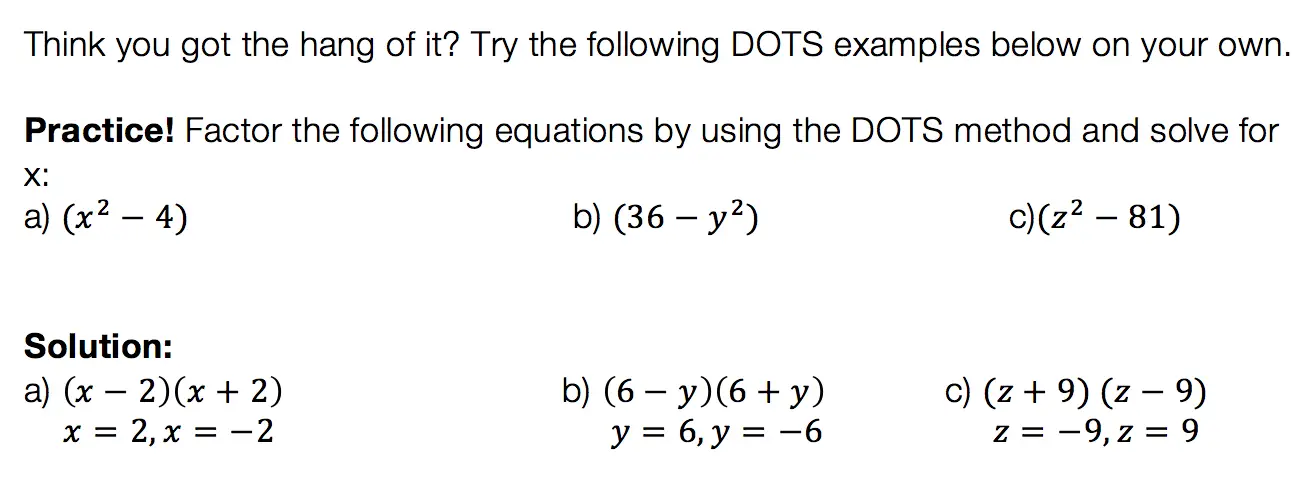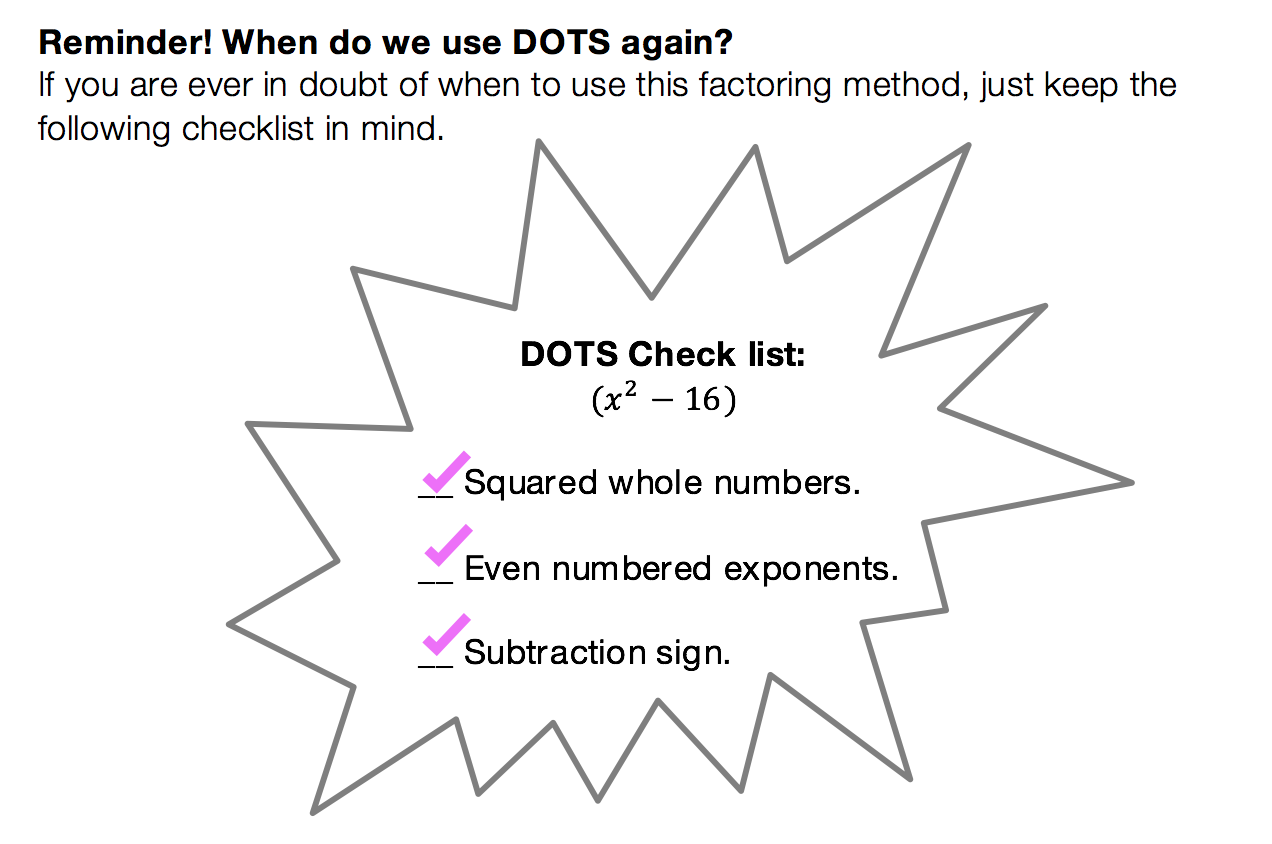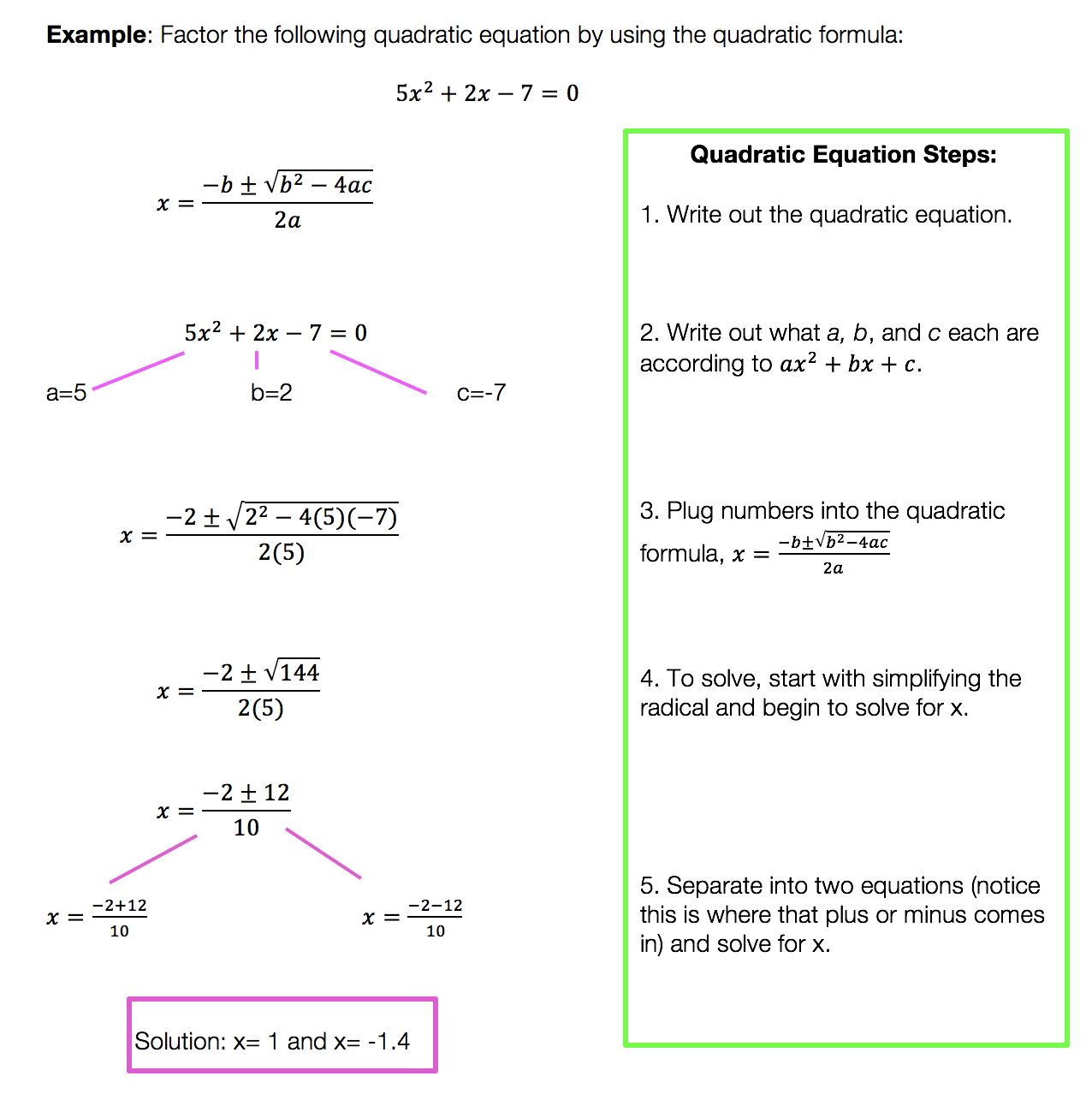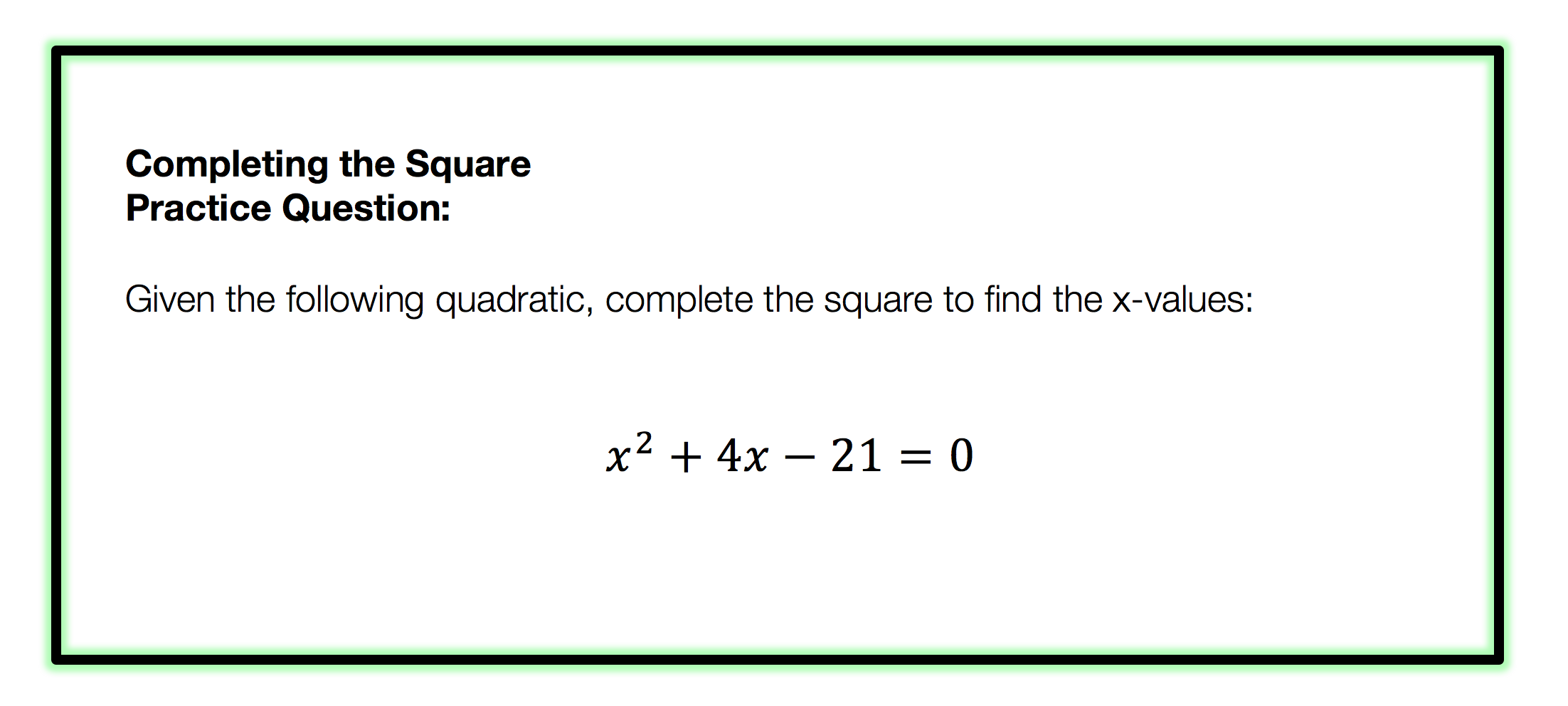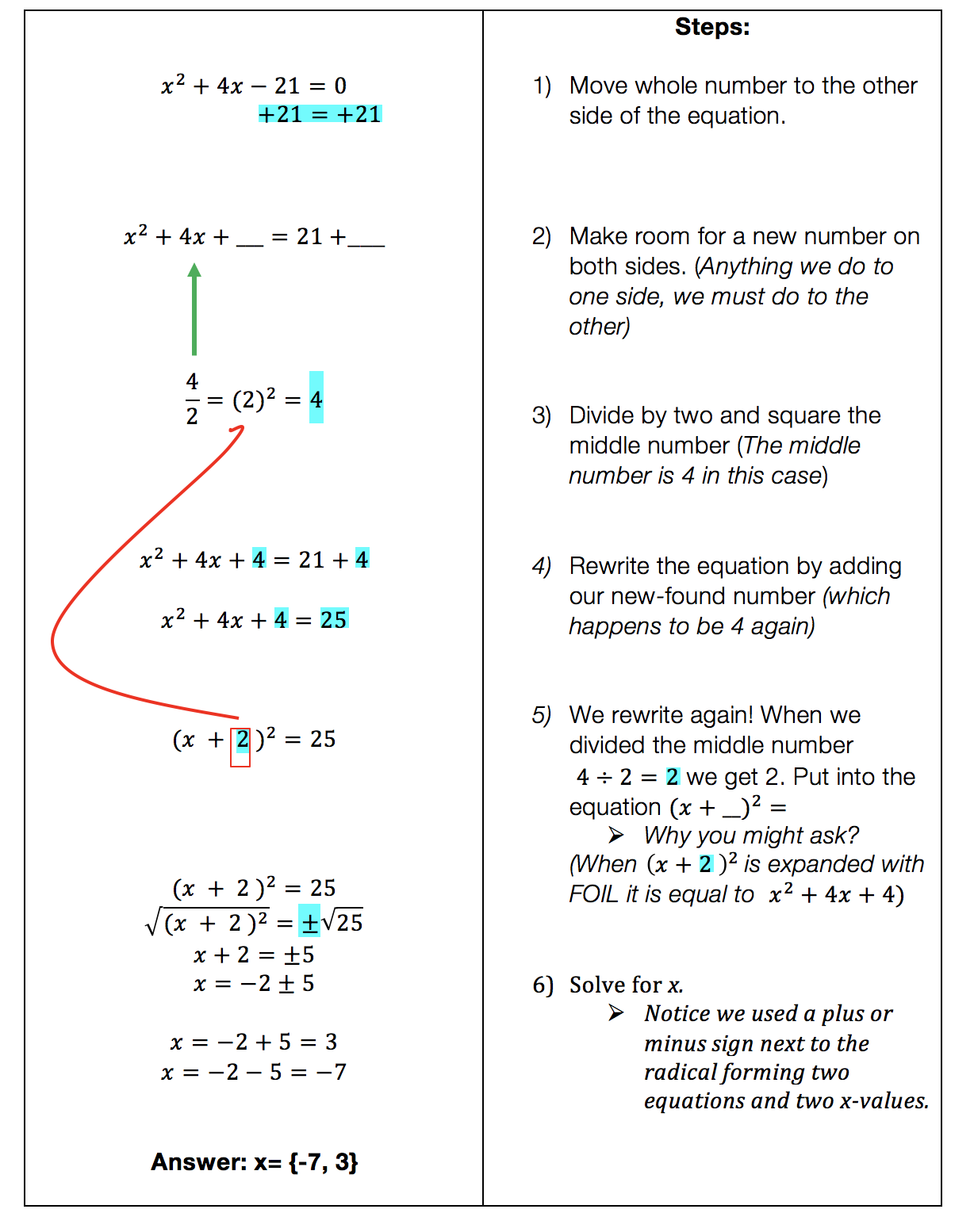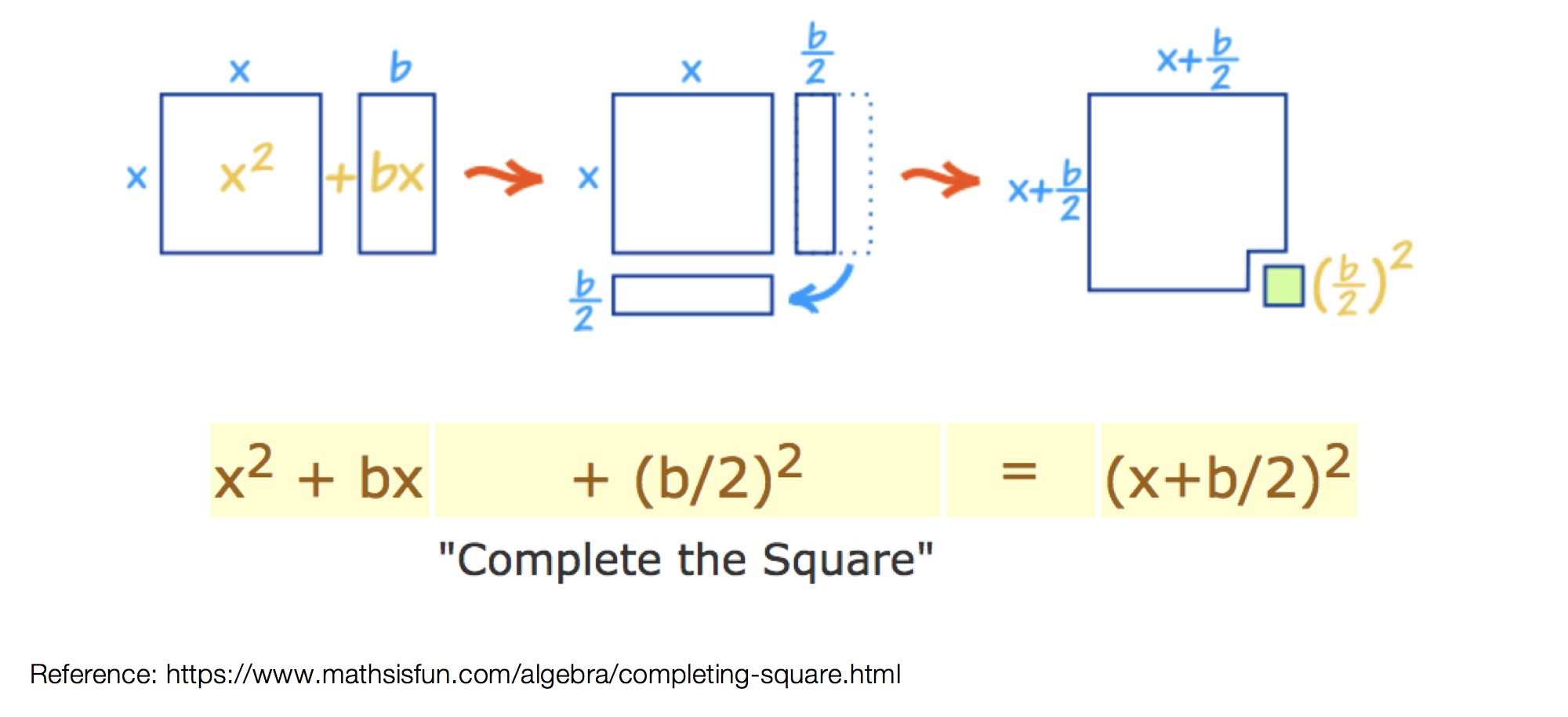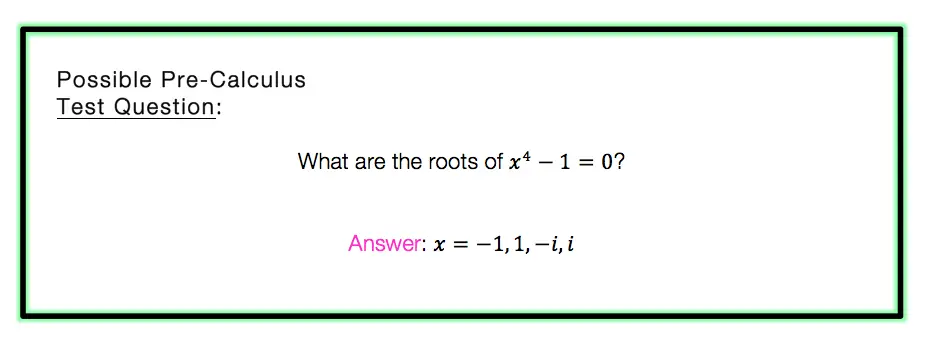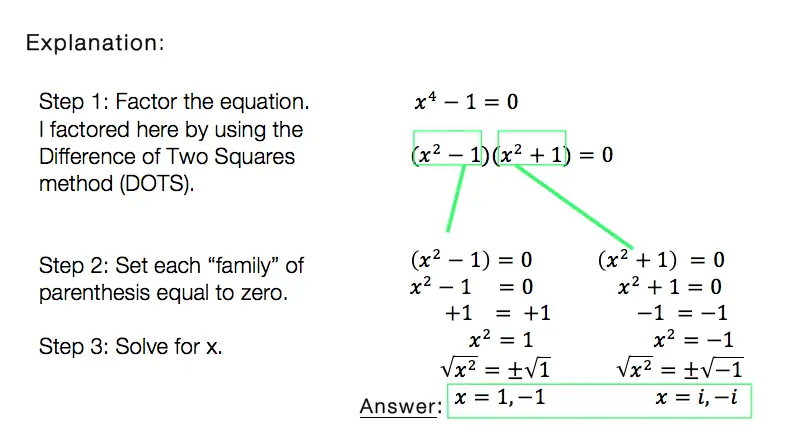Hi everyone and welcome to Math Sux! In this post, we are going to look at how to use and applythe median of a trapezoid theorem. Thankfully, it is not a scary formula, and one we can easily master with a dose of algebra. The only hard part remaining, is remembering this thing! Take a look below to see a step by step tutorial on how to use the median of a trapezoid theorem and check out the practice questions at the end of this post to truly master the topic. Happy calculating! 🙂
*If you haven’t done so, check out the video that goes over this exact problem, also please don’t forget to subscribe!
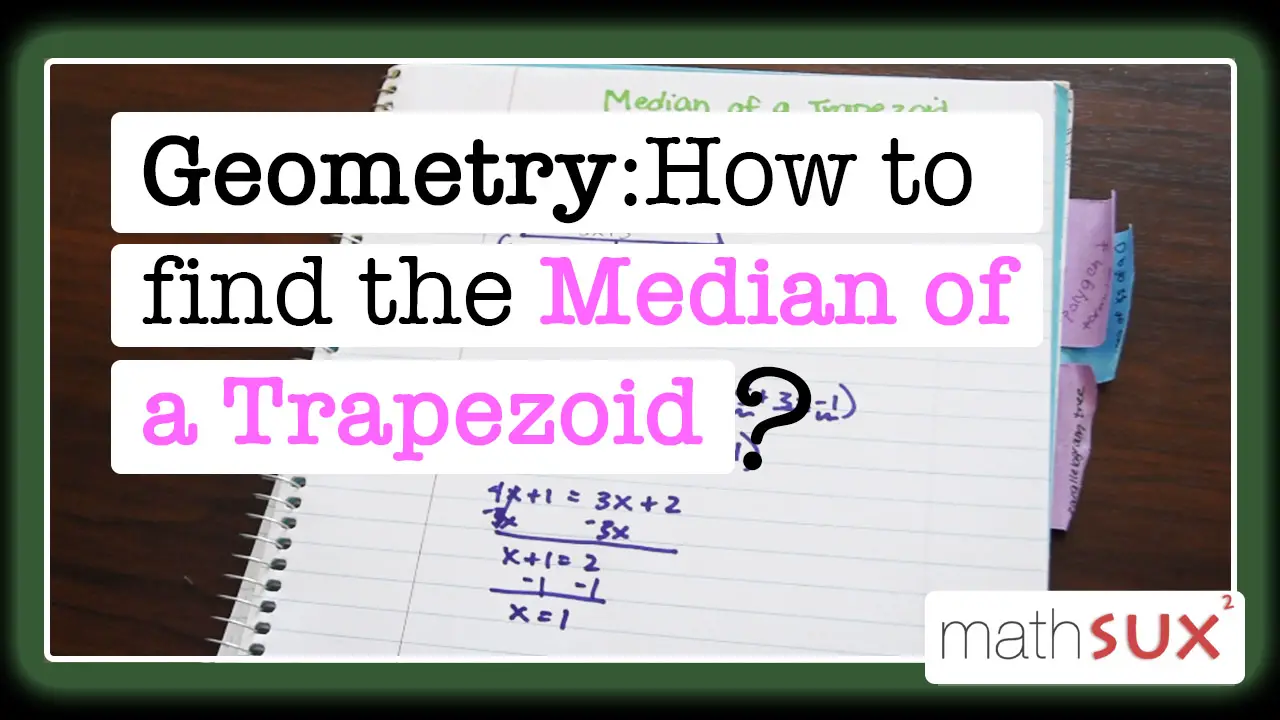
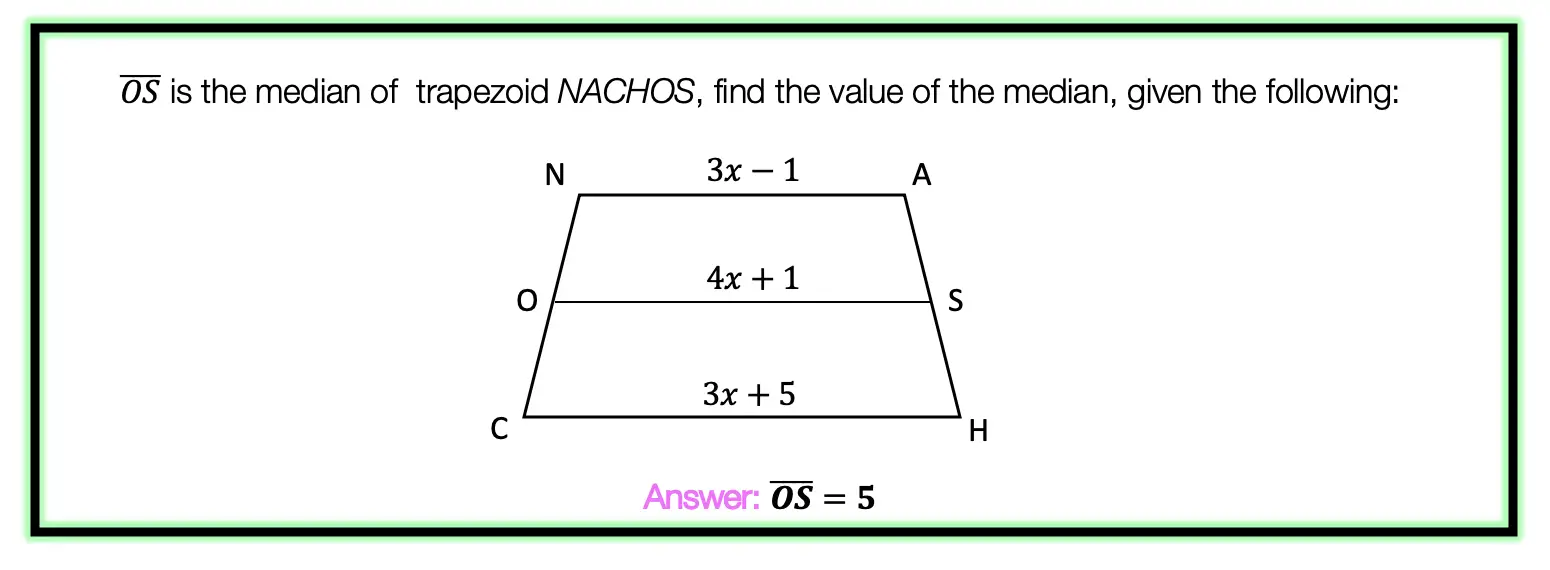
Step 1: Let’s apply the Median of a Trapezoid Theorem to this question! A little rusty? No problem, check out the Theorem below.
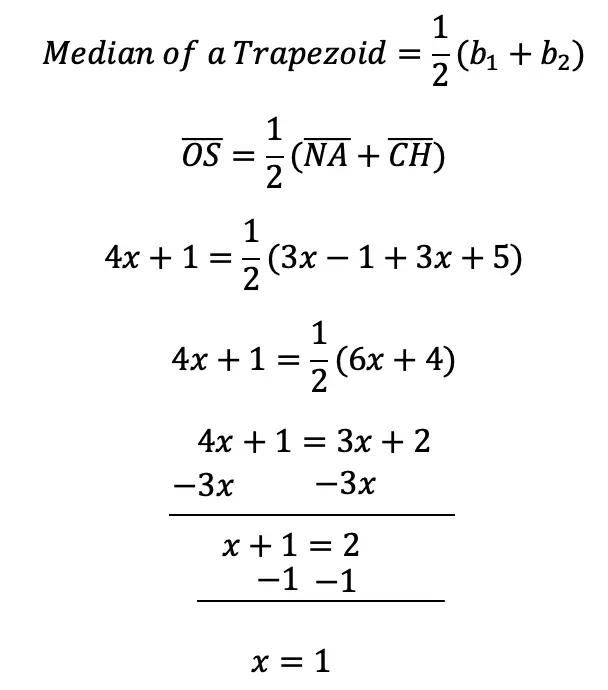
Median of a Trapezoid Theorem: The median of a trapezoid is equal to the sum of both bases.Step 2: Now that we found the value of x , we can plug it back into the equation for ![]() median, to find the value of median
median, to find the value of median ![]()
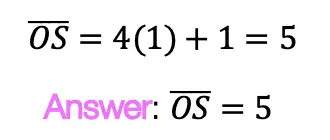
Want more practice? Your wish is my command! Check out the practice problems below:
Practice Questions:
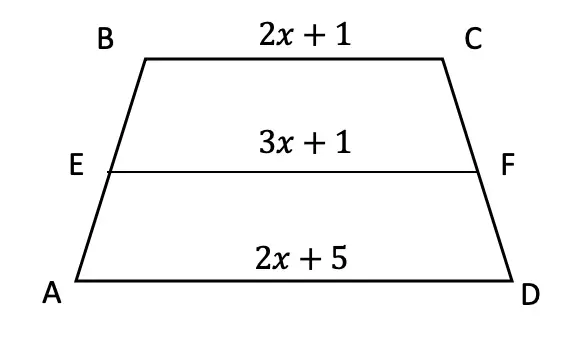
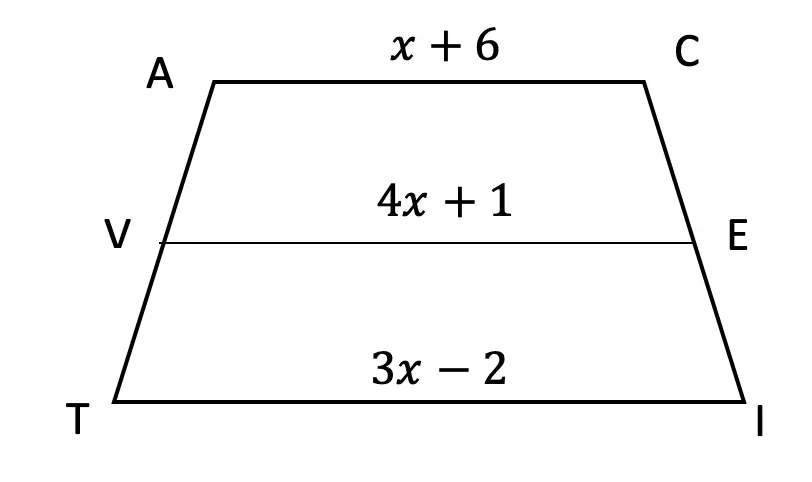
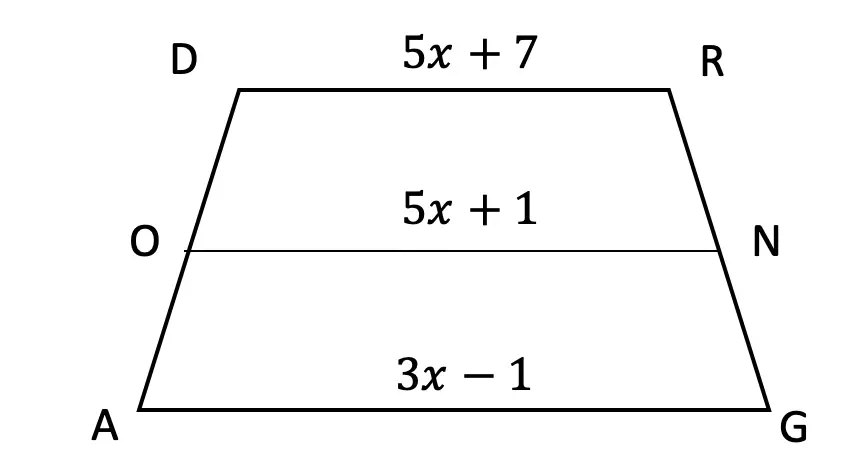
1.![]() is the median of trapezoid ABCDEF, find the value of the median, given the following:2.
is the median of trapezoid ABCDEF, find the value of the median, given the following:2. ![]() is the median of trapezoid ACTIVE, find the value of the median, given the following:3.
is the median of trapezoid ACTIVE, find the value of the median, given the following:3.![]() is the median of trapezoid DRAGON, find the value of the median, given the following:
is the median of trapezoid DRAGON, find the value of the median, given the following:
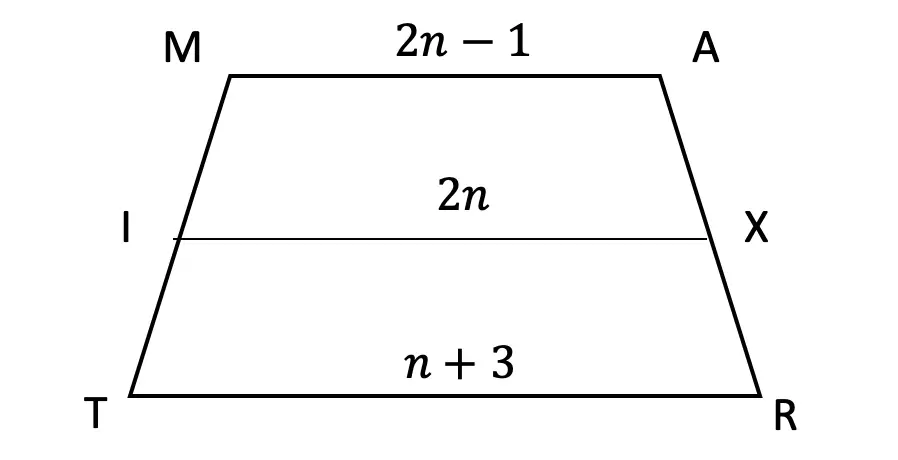
4. ![]() is the median of trapezoid MATRIX, find the value of the median, given the following:
is the median of trapezoid MATRIX, find the value of the median, given the following:
Solutions:
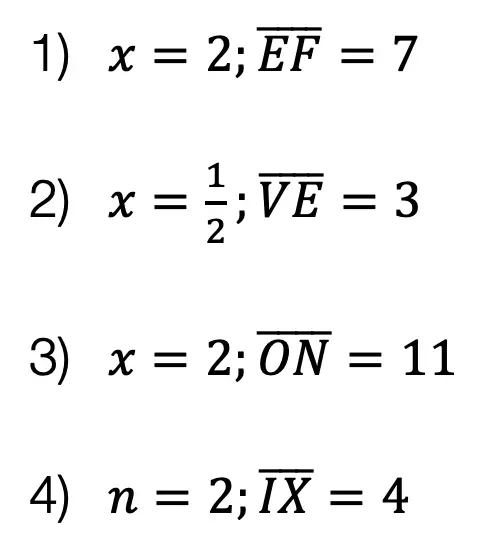
Need more of an explanation? Check out the detailed video and practice problems. Happy calculating! 🙂
Facebook ~ Twitter ~ TikTok ~ Youtube

